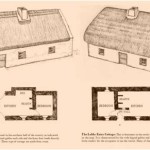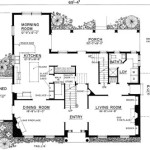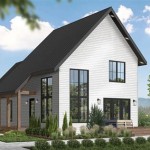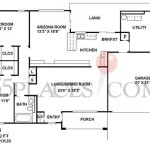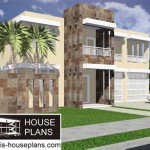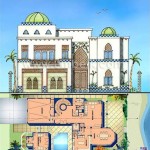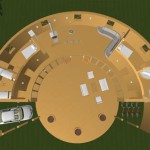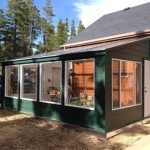Holistic House Plans: Creating Homes that Nurture Well-being
Holistic house plans are a unique approach to home design that takes into account the physical, emotional, and spiritual needs of the occupants. These plans consider not only the aesthetics and functionality of a home, but also its impact on the health and well-being of its inhabitants.
Principles of Holistic House Plans
Holistic house plans are guided by several key principles, including:
- Connection to Nature: Maximizing natural light, ventilation, and views of the surrounding environment.
- Healthy Materials: Utilizing non-toxic and sustainable materials that promote air quality and reduce environmental impact.
- Biophilic Design: Incorporating elements of nature, such as plants, water features, and natural textures, to create a calming and restorative atmosphere.
- Mindful Flow: Designing spaces that enhance circulation, reduce clutter, and promote mental clarity.
- Sensory Integration: Engaging all five senses through the use of lighting, sound, textures, and scents to create a stimulating and enjoyable environment.
Benefits of Holistic House Plans
Homes designed according to holistic principles offer numerous benefits, including:
- Improved Health and Well-being: Reduced stress, enhanced mood, improved air quality, and increased natural light exposure.
- Increased Energy Efficiency: Passive design techniques and sustainable materials result in lower energy consumption.
- Enhanced Comfort: Mindful flow and sensory integration create spaces that feel comfortable, inviting, and restorative.
- Increased Property Value: Holistic homes are becoming increasingly desirable in the real estate market as people prioritize health and sustainability.
Considerations for Holistic House Plans
When designing a holistic house plan, it is important to consider the following:
- Lifestyle and Needs: The plan should align with the occupants' lifestyle, values, and health goals.
- Site Location: The orientation of the home, access to natural light, and surrounding environment should be carefully evaluated.
- Materials and Construction: Non-toxic materials, energy-efficient appliances, and sustainable building practices should be prioritized.
- Integration of Technology: Smart home technology can enhance comfort, safety, and energy efficiency.
- Cost and Maintenance: Holistic homes can be more expensive to build and maintain than conventional homes, but long-term savings in energy costs and improved well-being should be considered.
By embracing the principles of holistic design, homeowners can create homes that not only meet their practical needs but also nurture their physical, emotional, and spiritual well-being.

Holistic Living Eco Friendly Wooden Single Family House And Two Semi Detached Houses By Graft Caandesign Architecture Home Design Blog

Sacred Geometry Holistic House Plans By Michael Rice Modern Home In 2024 Architecture Interior Design Renderings Cool Designs

Mch Round Prefab Custom Homes Feature Trillium Series Mandala

Sacred Geometry Architecture Based On

Gallery Of Holistic Living Graft 16
Holistic Designs House Plans Building Consultant In Bulawayo

Permaculture Expert Pro Dome Builder Holistic Progression Designs Home

Bioarchitecture House Plans Part 1

Gallery Of Holistic Living Graft 18

Bio Arquitecture Holistic House Plans Permaculture Design Projeto Horta Jardim Em Espiral

